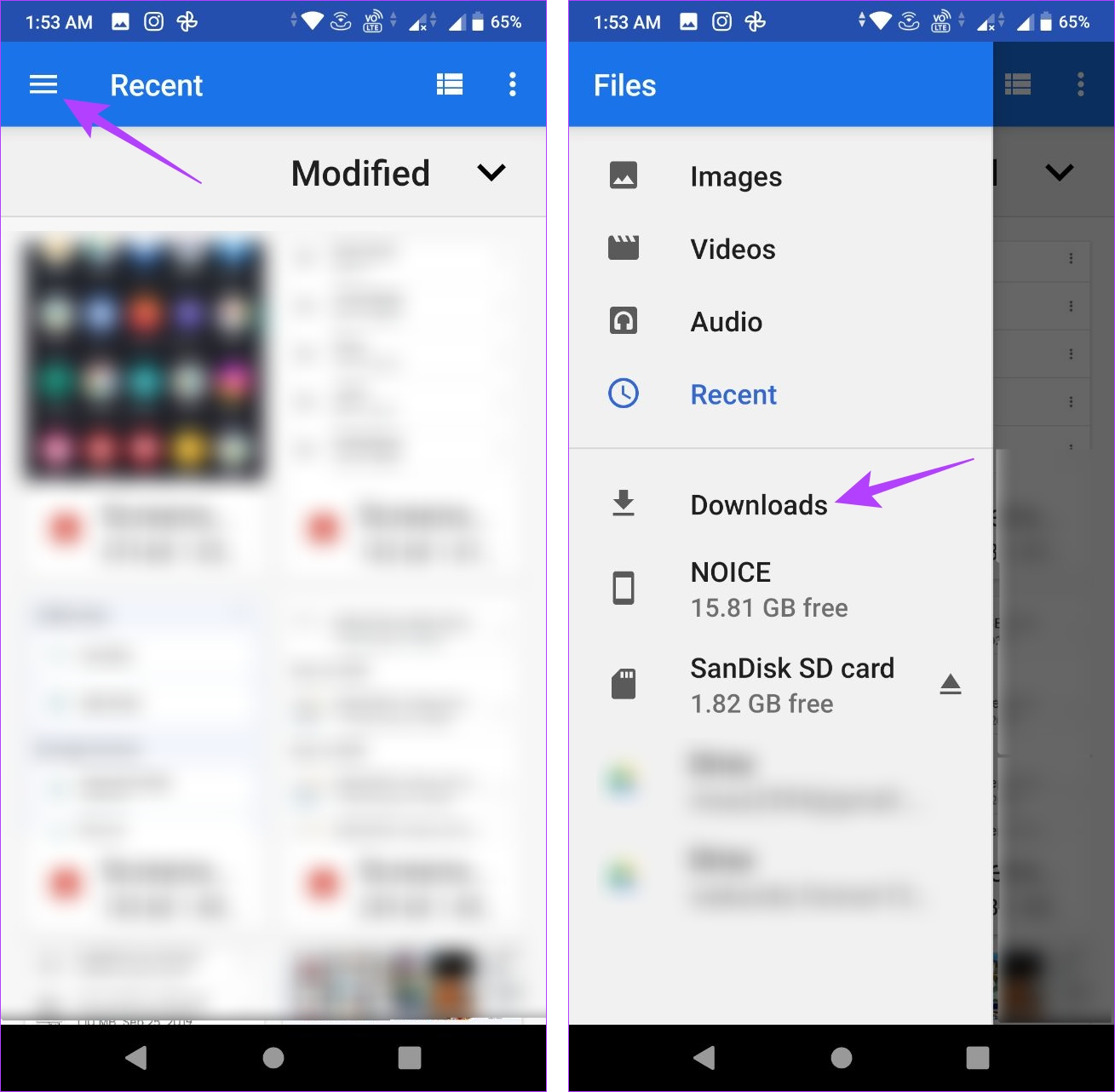About where do files go when downloaded on android
About where do files go when downloaded on android
Blog Article
Situating downloaded and install data on your Android gadget can be a difficulty. Easily, your phone can rapidly end up being jumbled with pictures, videos, screenshots, and other files. To liberate room on your tool, it's vital to keep track of where your downloads are conserved. By doing this, you can easily recognize and erase unneeded data.

If you're having difficulty finding a critical data that appears to have actually vanished into thin air, are afraid not! This guide is right here to aid you track it down and obtain your Downloads folder in order. Whether you're a pleased proprietor of among the premier Google Pixel phones or an additional Android tool, we'll reveal you just how to swiftly locate your downloads and maintain them nicely arranged.
Locate your downloads with the default data supervisor
Each mobile phone maker may supply a slightly various built-in Android application for documents monitoring, however your experience should be comparable. If you have a Samsung phone, refer to our tutorial, which shows how to locate downloads on your Samsung Galaxy phone.
Just like various other preferred operating systems, Android has actually a designated Downloads folder for storing files. To find your downloaded and install data on your gadget, comply with these steps:
1. Open the Files or My Files application from the home screen or app drawer.
2. Seek a section called Downloads.
3. Touch it to see the files you downloaded and install.
Make use of the Files by Google app for your downloads
A number of Android data supervisor applications on the Google Play Shop enable you to find your downloaded files. Files by Google is among the most effective options if you don't intend to deal with challenging UIs. It's additionally a excellent substitute for any kind of default data manager application preinstalled on your tool.
4. Open up the Data application.
5. Select the Browse tab near the bottom.
6. Faucet Downloads.
7. Select the Download and install tab to see the data because folder.
Find your downloads manually
If you're incapable to situate the Downloads folder on the major web page of your data manager application, attempt accessing your phone's internal storage rather. Here's a step-by-step guide on how to do it:
1. Open the Documents application.
2. Select the Browse tab at the bottom.
3. Scroll down and go to Interior storage.
4. Touch the Download folder.
Move your downloads to another location
Transferring files out of the for different reasons, particularly for documents that hold delicate or individual data. Placing such data in their designated folder boosts their safety and decreases the threat of unintentional deletion. In addition, it assists stop them from being lost among the multitude of unrelated files you may download.
1. Open the Files app.
2. Navigate to your Download folder.
3. Tap the three-dot menu to the right of any file.
4. Choose the Move to option.
5. Tap Internal storage at the bottom.
6. Select any location or folder.
7. Tap Move here to transfer the file to that location.
You can also use the Copy to option and paste these files to another location. This allows you to create as many duplicates as you want without removing the original files from your Download folder.
View the exact location of your downloadsM/b >
At times, you might need to locate the Download folder click on the three-dot menu beside a downloaded file and select download phone app for tablet File info. For many up-to-date Android devices, the default path for downloads is/ storage/emulated/0/ Download. Although certain third-party web browsers could save files elsewhere, this is typically the primary download location.
Managing your downloads is easier than you think
Google's Files app is a great option if you prefer simplicity in a file manager. It has a clean UI and easy-to-use features. The app neatly organizes your documents by file types like downloads, images, videos, and audio. It also offers to clear junk files.
When it comes to organizing and cleaning, you can create extra storage room by mastering the removal of unnecessary WhatsApp media files. On select Android devices, you have the option to add an SD card if storage space remains limited.
Report this page